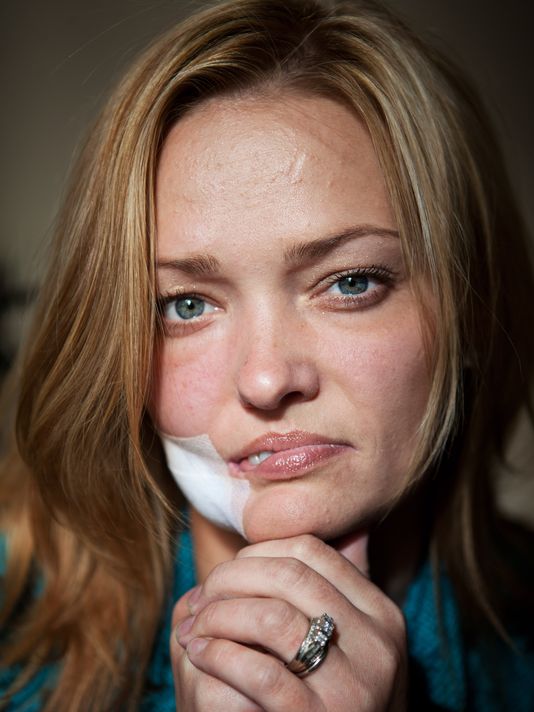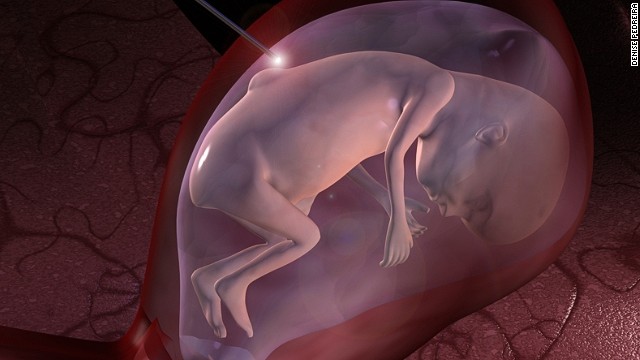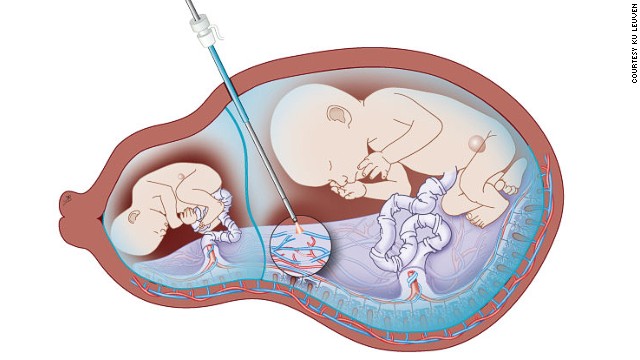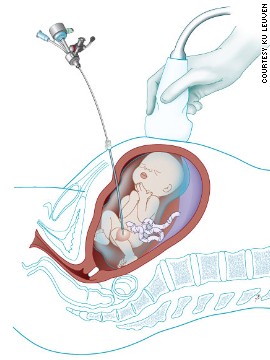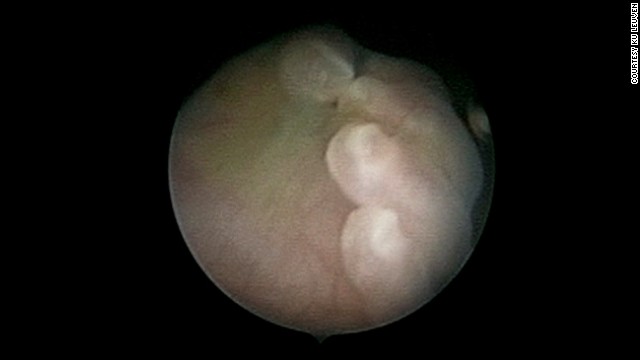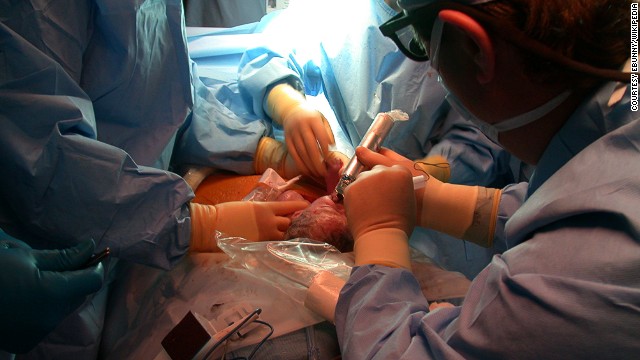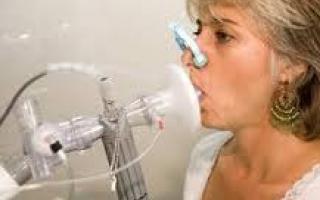
There are hairstyles that become popular and then there are ones that redefine trends, which never go out of fashion that drives women crazy or mad. Here are the 10 classic hairstyles that have endured time itself.
The James Dean Quiff
James Dean was sexier than sex itself, The Rebel without a Cause superstar was an icon who died at the top of his game in a car crash aged just 24. He had that kind of leading man charisma that’s never been replicated and his hair was an essential asset. The style has been around for a long time and refuses to die down. His slick hair with a slight quiff is an all-time classic look and pretty easy to maintain as well.

The Beatles Moptop
They were the greatest band in the world and more famous than Jesus in their own words. The Beatles impacted culture beyond our imagination. One of their major contributions was the moptop, a mid-length hairstyle which is collar-length at the back and over the ears with straight fringes. The style endures to this day and is popularly known as the Arthur after George Harrison called it that once.

The David Beckham Faux hawk
While George Best came before him and was inarguably the first football superstar, it was David Beckham who became the first truly global superstar who was known as much for his hairstyles as he was for his ability with the ball. While Beckham sported a lot of hairstyles during his career, the one that really stuck out was the faux hawk, a quasi-Mohawk with the hair shorter on the sides. Basically, a watered down version of the Mohawk, the hairstyle was copied the world over including by Aamir Khan who sported in Taare Zameen Par.

The Don Draper Classic Sideparting
The period show Mad Men really brought back the swinging 60s in our life especially the classy hairstyles sported by the men there. The side-parting has always been a classic look and Don Draper wears it in a very well-slicked manner which makes a person look very well-groomed. Of course, you’d need a jaw-line and personality like Mr Draper to pull it off completely but that hairstyle has very little wrong with it.

The Bob Marley Dreadlocks
The Jamaican was revered around the world for distinctive song-writing, vocal style, marijuana use and pretty much defined the reggae genre. His hair, long dreadlocks too became iconic as a symbol of counterculture. His hair was based on his Rastafarian beliefs which ban cutting hair. In time, the look would be copied around the world and not just by those following the religion. There was rumour that doctors found new species of lice on his hair after he died but that was just an urban myth.

The Travis Bickle Mohawk
The Mohawk is a crazy hairstyle and you won’t find a lot of sane human beings walking around with the look. Used by US soldiers to scare enemies, the hairstyle entered iconic status when Travis Bickle shaved off the side of his head in the cult classic Taxi Driver. The classic Mohawk is a look where the hair is completely shaved off on the sides leaving a just thin strip in the middle. The look actually became pretty popular with sportsmen and even MS Dhoni sported it during the T20 Champions League.

The Brad Pitt Fight Club Spikey look
Fight Club is a coming-of-age film for guys born in an era where rebellion was the norm. EmpireOnline.com picked Brad Pitt’s character Tyler Durden as the greatest movie character and described him saying: ‘He’s a rock star god, a natural-born leader, a trend-setter. He is unrestrained id, he is a monster, he is the very image of modern man (or at least how modern man would like to see himself). He looks like what you want to like, he f**ks like you want to f**k, and he is an utterly indelible creation.’ And a big part was Durden’s ‘I don’t give a f*ck hairstyle’. Sporting slightly longish hair in the back along with tall, messy spikes, the looks has become synonymous with rebellion now.
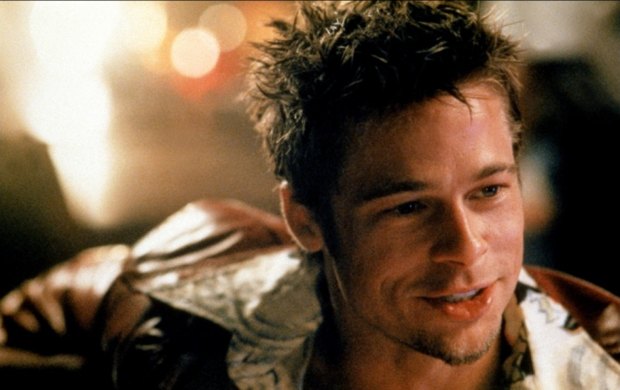
The Great Gatsby Side Sweep
Poor Leo, no matter what he does, he just doesn’t seem to win an Oscar. He has appeared in so many classic movies but keeps on missing out on the big one every single time. In the movie based on the novel by F Scott Fitzgerald, Di Caprio sports a look that was very common in the 1920s and is has become popular with the guys again. The hairstyle is slick and suitable for everyday use and all you need is a little gel and a slight quiff.

The Jim Morrison Long Hair Look
Jim Morrison once said: ‘Some of the worst mistakes in my life were haircuts.’ The 60s was an era where everyone seemed to have long hair but no one carried it better than Morrison. The Doors frontman sported an iconic long hair look that has stuck with rebels and rockers till now. He grew his hair long and let it drop all over his head similar to a helmet and the style is perfect for those who want to exude some rebellion and don’t care about what society thinks about long hair.

The Sean Connery 007
Men want to be him, women want to be with him’, perhaps no one encompassed this phrase better than the first Bond, Sean Connery. Bond was always the classic man and sported a simplem short hairstyle which was short hair combed back which today would be called a pompadour. And Bond’s legend endured, and so impressed was author Ian Fleming with Sean Connery that he even gave James Bond a half-Scottish background to match Connery’s background. We can assume the classic hairstyle didn’t hurt his cause.

Source: fox news


